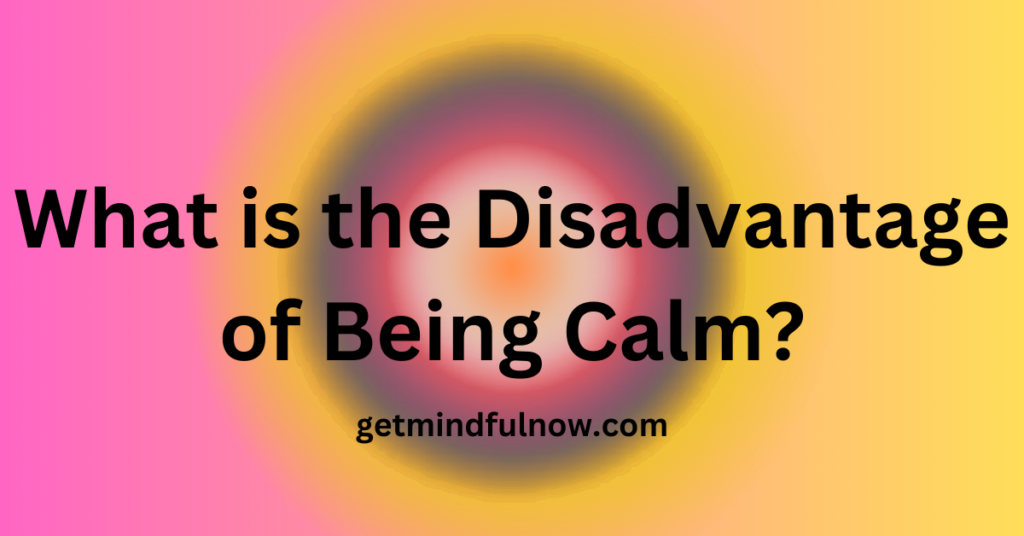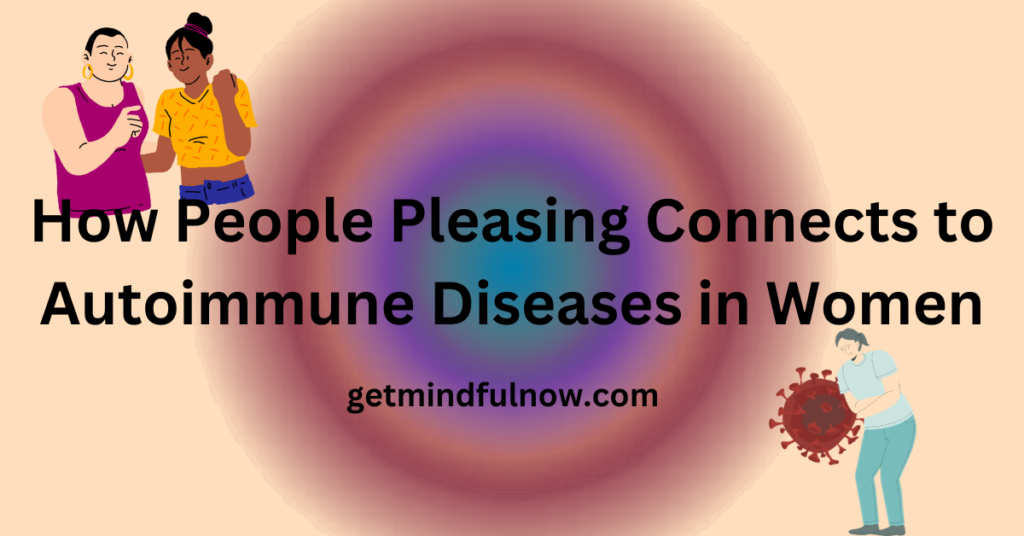Have you ever found yourself wondering why your partner doesn’t seem to show affection the way you expect, even though you know they love you deeply?
It’s a perplexing situation that many couples find themselves in, and it can leave you feeling confused, unappreciated, and even unloved. But before jumping to conclusions or feeling disheartened, it’s essential to delve into the complexities of affection expression within relationships.
Table of Contents
Individual Differences in Expressing Affection
First and foremost, it’s crucial to recognize that individuals have unique ways of showing love and affection. Just because your partner may not express affection in the same way you do doesn’t mean they love you any less. We all have our own love languages—ways in which we naturally communicate and receive love.
Some people show affection through words of affirmation, while others prefer acts of service, quality time, physical touch, or receiving gifts.
Understanding your partner’s love language—and communicating your own—can bridge the gap between expectations and reality. Take the time to explore how you and your partner express affection and appreciate each other’s efforts, even if they differ from your own.
Exploring Communication Dynamics
Effective communication forms the core of every thriving relationship. If you’re feeling unfulfilled or puzzled by your partner’s lack of affection, it’s essential to engage in open and honest communication. Express your feelings and concerns in a non-confrontational manner, allowing your partner the opportunity to share their perspective as well.
Sometimes, the inability to express affection stems from a fear of vulnerability or a lack of awareness rather than a lack of love. By creating a safe space for dialogue, you can deepen your understanding of each other and strengthen your emotional connection.
Considering Past Experiences and Trauma
Our past experiences shape the way we perceive and express love. Childhood upbringing, past relationships, and traumatic experiences can all influence our ability to show affection in a relationship. If your partner has experienced emotional wounds or attachment issues in the past, they may struggle to express affection openly.
Be patient and empathetic as you navigate these sensitive topics together. Encourage your partner to share their feelings and concerns, and offer your unwavering support as they work through past hurts and insecurities. Remember, healing takes time, but with understanding and compassion, you can grow stronger together.
External Stressors and Relationship Dynamics
Life can be demanding, and external stressors such as work pressure, financial concerns, or family issues can take a toll on your relationship. Your partner’s inability to show affection may stem from feelings of overwhelm or exhaustion rather than a lack of love.
Take a proactive approach to managing stress as a couple. Make time for relaxation, self-care, and meaningful connection, even amidst life’s challenges. By prioritizing each other’s well-being and offering support during difficult times, you can weather the storms of life together.
Cultural and Societal Influences on Affection
Societal and cultural influences play a profound role in shaping not only how individuals express affection but also in defining what is deemed appropriate or acceptable displays of affection. These factors are deeply ingrained in our upbringing and societal norms, influencing our perceptions and behaviors within relationships.
In exploring cultural influences, it’s essential to recognize that cultural norms vary widely across different societies and communities. In some cultures, public displays of affection (PDAs) such as holding hands, kissing, or embracing may be embraced and even encouraged as symbols of love and connection.
Conversely, in more conservative or traditional cultures, such displays might be considered taboo or inappropriate, especially in public settings.
Moreover, cultural attitudes towards gender roles and expressions of affection can also impact relationship dynamics. In certain cultures, there may be distinct expectations regarding how men and women should express love and affection, with prescribed roles and behaviors dictating these interactions.
For instance, in some cultures, men may be expected to take on a more stoic or reserved demeanor, while women are encouraged to be nurturing and affectionate. These societal expectations can influence how individuals perceive and express affection within their relationships, often conforming to cultural norms to avoid social scrutiny or judgment.
Furthermore, cultural and societal influences extend beyond individual behavior to shape broader perceptions of intimacy and romance. Media portrayals, religious beliefs, and historical traditions all contribute to our understanding of love and affection, influencing our expectations and ideals within romantic relationships.
In light of these influences, it’s important for individuals in relationships to navigate cultural differences with sensitivity and respect. Communication and mutual understanding are key in bridging cultural divides and fostering healthy relationship dynamics.
Ultimately, recognizing the impact of societal and cultural influences allows individuals to cultivate empathy, appreciation, and acceptance of diverse expressions of love and affection. By embracing cultural diversity and honoring each other’s backgrounds and traditions, couples can create a more inclusive and harmonious environment where love can thrive across cultural boundaries.
Impact of Technology and Social Media
It introduces another layer of complexity to the dynamics of affection within relationships. While technology has undoubtedly revolutionized communication and connectivity, it has also reshaped how individuals express and perceive affection in romantic partnerships.
One significant impact of technology and social media is the blurring of boundaries between virtual and real-world interactions. With the rise of social networking platforms, individuals can connect with others instantaneously, share intimate moments online, and seek validation through likes, comments, and followers.
As a result, the lines between digital affection and tangible expressions of love can become increasingly blurred, leading to confusion and discontent within relationships.
The prevalence of digital communication tools like texting and messaging apps has transformed how couples interact, offering convenience but potentially hindering genuine connection. These mediums often lack the nuances of nonverbal cues, complicating the conveyance and interpretation of affection between partners.
Social media’s pervasive influence exacerbates matters, fostering feelings of inadequacy through curated portrayals of idealized relationships, fueling unrealistic expectations, and eroding trust and intimacy.
Moreover, the addictive nature of technology and social media can detract from real-world relationships, diverting attention and fostering emotional disconnection. Excessive screen time limits opportunities for genuine connection, leading couples to drift apart despite underlying feelings of love and affection.
In response, maintaining open communication about digital usage, prioritizing face-to-face interactions, and practicing mindfulness become essential strategies for mitigating technology’s negative impact on relationship dynamics.
In navigating the challenges posed by technology and social media, couples can foster deeper connections and authenticity. By fostering awareness and mindfulness around digital influences, partners can strengthen emotional intimacy and resilience, ensuring that modern relationships thrive amidst the complexities of the digital age.
The Role of Emotional Intelligence
Emotional intelligence serves as a cornerstone in navigating the intricate dynamics of relationships, especially in the context of understanding why a partner may not show affection despite loving deeply. It encompasses the ability to recognize, understand, and manage one’s own emotions, as well as empathize with a partner’s feelings and needs.
In the journey of comprehending affection expression disparities, individuals with high emotional intelligence can effectively communicate their own emotions and respond empathetically to their partner’s emotional cues.
By honing emotional intelligence skills, individuals can cultivate a deeper self-awareness that allows them to identify and articulate their own needs and desires within the relationship. This self-awareness lays the foundation for authentic and open communication, enabling partners to express their expectations, concerns, and vulnerabilities without fear of judgment or rejection.
Furthermore, individuals with strong emotional intelligence possess the capacity to regulate their emotional responses in times of conflict or uncertainty, fostering a supportive and nurturing environment where both partners feel understood and valued.
Moreover, emotional intelligence empowers individuals to empathize with their partner’s perspective, validating their emotions and acknowledging their unique experiences and struggles. Through empathetic listening and understanding, couples can bridge the gap in affection expression by fostering a sense of mutual respect, trust, and compassion.
By embracing emotional intelligence as a guiding principle in relationship navigation, couples can cultivate deeper emotional intimacy, strengthen their bond, and overcome challenges with grace and resilience.
Long-Term Relationship Dynamics
As a long-term relationship progresses, the dynamics of affection expression often evolve alongside the couple’s growth and changing circumstances. Initially, affection may be more overt and frequent as partners explore their connection and establish intimacy.
However, as the relationship matures, expressions of affection may become more nuanced and subtle, reflecting a deeper understanding and appreciation for each other’s needs and preferences.
Strategies for maintaining intimacy and connection over time include prioritizing quality time together, fostering open communication, and consistently showing appreciation and affection through small gestures and acts of kindness.
Additionally, couples can explore new activities and experiences together, keeping the spark alive and reigniting the passion that initially brought them together. By actively nurturing their emotional connection and remaining attuned to each other’s evolving needs, couples can sustain intimacy and strengthen their bond throughout the journey of their relationship.
Healthy Conflict Resolution
When conflicts arise related to affection expression in relationships, it’s crucial to approach them with a foundation of active listening, compromise, and mutual respect.
Active listening involves genuinely hearing and understanding your partner’s perspective without interruption or judgment.
By creating a safe space for open dialogue, both partners can express their feelings and concerns regarding affection expression styles.
Compromise plays a key role in resolving conflicts related to affection. It involves finding common ground and exploring creative solutions that honor both partners’ needs and preferences.
This might mean experimenting with different ways of showing affection, exploring each other’s love languages, or establishing mutually agreed-upon boundaries that respect both partners’ comfort levels.
Mutual respect is essential in addressing differences in affection styles with sensitivity and empathy. It involves valuing each other’s perspectives and feelings, even if they differ from your own.
By cultivating a culture of respect within the relationship, partners can navigate conflicts related to affection expression with grace and understanding, ultimately strengthening their emotional connection and bond.
Through active listening, compromise, and mutual respect, couples can effectively address conflicts related to affection expression, fostering a deeper understanding and appreciation for each other’s unique needs and preferences in the process.
Attachment Styles
Attachment theory, developed by psychologist John Bowlby, explores how early childhood experiences shape individuals’ emotional bonds and attachment patterns in relationships throughout their lives.
According to attachment theory, the quality of the attachment formed with primary caregivers during infancy influences an individual’s attachment style, which in turn affects their ability to express and receive affection within relationships.
There are several attachment styles identified in attachment theory, including secure, anxious-preoccupied, dismissive-avoidant, and fearful-avoidant.

Secure Attachment
Individuals with a secure attachment style typically feel comfortable with intimacy and are able to express affection openly. They have a positive view of themselves and their relationships, feeling secure in their partner’s love and support.
Anxious-Preoccupied Attachment
People with an anxious-preoccupied attachment style often crave intimacy and validation from their partners but may fear rejection or abandonment. They may express affection frequently as a way to seek reassurance and validation, but may also be overly sensitive to perceived threats to the relationship.
Dismissive-Avoidant Attachment
Many people have grown up hearing phrases like “he loves you, he just doesn’t know how to show it,” or “She deeply cares, life has just made her bitter.” When we feel hurt by someone’s inability to show love, and then comfort ourselves with such explanations, it’s called enabling.
This means that the person we seek love from is unable to fulfill these emotional needs as an adult. It becomes our responsibility to adjust to their behavior, which we may find intolerable, ultimately settling for the bare minimum instead of what we truly deserve.
Every adult has the responsibility to learn how to express their emotions, show affection, and understand others. Difficulty in doing so could be a sign of being avoidant or emotionally shut down. Individuals with a dismissive-avoidant attachment style often prioritize independence and self-reliance over emotional intimacy.
They may struggle to openly express affection and appear emotionally distant or aloof in relationships, often suppressing their need for closeness. It’s their responsibility to understand why they struggle to connect with others and to explore how their past experiences have shaped them.
Learning skills that promote safety, connection, and love in relationships is essential. Everyone possesses the capacity to engage in difficult conversations, break free from conditioned behaviors, and learn new ways of relating to others.
This journey of growth and evolution is what defines our humanity. Unlike most animals, we aren’t programmed until death; instead, we have the ability to continually learn, adapt, and relate in more fulfilling ways.
Fearful-Avoidant Attachment
Also known as disorganized attachment, individuals with a fearful-avoidant attachment style experience conflicting desires for intimacy and independence. They may oscillate between seeking closeness and withdrawing emotionally, leading to inconsistencies in affection expression.
These attachment styles are not fixed traits and can evolve over time based on life experiences and relationships.
Understanding one’s own attachment style and that of one’s partner can foster greater empathy, communication, and emotional intimacy within the relationship.
By recognizing how attachment patterns influence affection expression, individuals can work towards creating a secure and fulfilling bond with their partners.
Encouraging Self-Reflection and Growth
Ultimately, the journey to understanding why your partner doesn’t show affection despite loving you begins with self-reflection and personal growth. Take the time to examine your own expectations, insecurities, and communication patterns within the relationship.
Ask yourself, what role do I play in fostering affection and intimacy in my relationship? Am I willing to be vulnerable and open with my partner, even in the face of uncertainty? By cultivating self-awareness and emotional intelligence, you can deepen your connection with yourself and with your partner, paving the way for a more fulfilling and enriching relationship.
Seeking Professional Help and Support
If you find yourselves struggling to bridge the gap in affection expression despite your best efforts, don’t hesitate to seek professional help and support. Couples therapy or counseling can provide a safe and supportive environment to explore underlying issues, improve communication skills, and strengthen your emotional connection.
There’s no shame in seeking outside help to nurture your relationship and overcome challenges together. In fact, it takes courage and commitment to prioritize your relationship’s well-being and growth.
With the guidance of a trained therapist or counselor, you can gain valuable insights and tools to navigate your relationship with confidence and clarity.
Conclusion
In conclusion, understanding why your partner doesn’t show affection despite loving you requires patience, empathy, and open communication. By acknowledging individual differences, exploring past experiences, and embracing the concept of love languages, you can cultivate a deeper understanding of each other and strengthen your emotional bond. Remember, love is a journey—a journey of growth, discovery, and unconditional acceptance. And with love as your compass, you can navigate the complexities of relationships with grace and resilience.
FAQs
- How to deal with a partner who is not affectionate:
- Communicate openly with your partner about your feelings and needs.
- Explore the reasons behind their lack of affection with empathy and understanding.
- Consider seeking couples therapy or counseling to improve communication and strengthen emotional connection.
- Can someone love you and show no affection?
- Yes, it’s possible for someone to love you deeply but struggle to express affection in ways that you recognize or expect.
- Love can be expressed and experienced in diverse ways beyond physical affection.
- Can a relationship last without affection?
- While a relationship can survive without overt displays of affection, sustained emotional connection and intimacy are crucial for long-term fulfillment.
- Lack of affection may strain the relationship over time if not addressed.
- How do I tell my partner I need more affection?
- Approach the conversation with kindness and honesty, emphasizing your desire to strengthen your emotional connection.
- Use “I” statements to express your feelings and needs without blaming or criticizing your partner.
- Be open to listening to their perspective and finding mutually beneficial solutions.
- What are the symptoms of a lack of love?
- Feelings of loneliness or emotional disconnect in the relationship.
- Increased conflicts or disagreements without resolution.
- Lack of interest or investment in each other’s well-being and happiness.
- How do you increase affection in a relationship?
- Communicate openly and honestly about your feelings and needs.
- Practice acts of kindness and appreciation towards your partner regularly.
- Explore each other’s love languages and make efforts to incorporate them into your daily interactions.
- Prioritize quality time together and engage in activities that foster emotional connection and intimacy.





